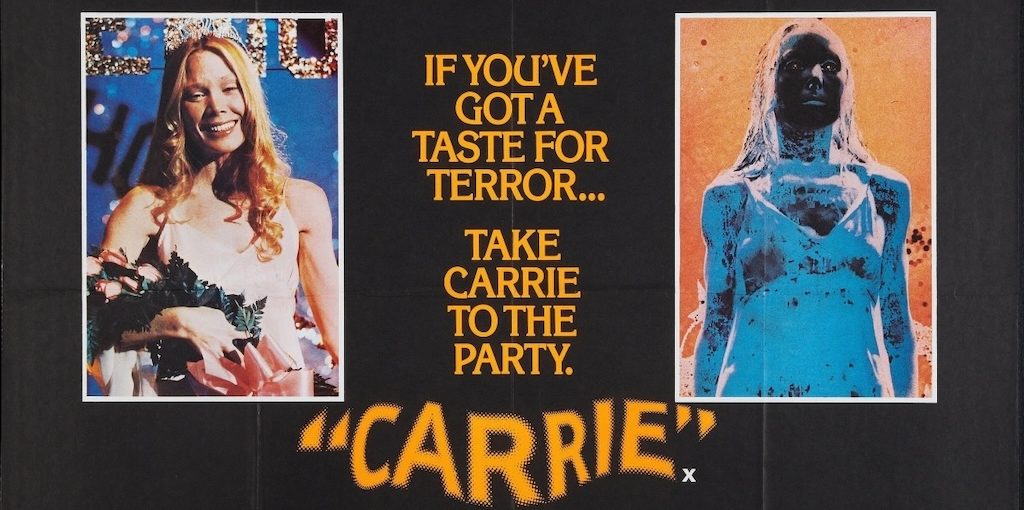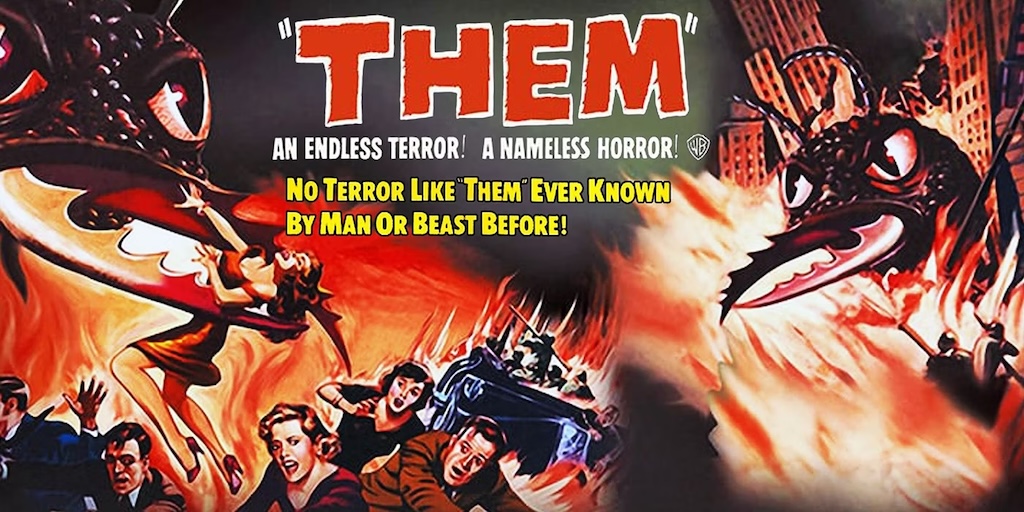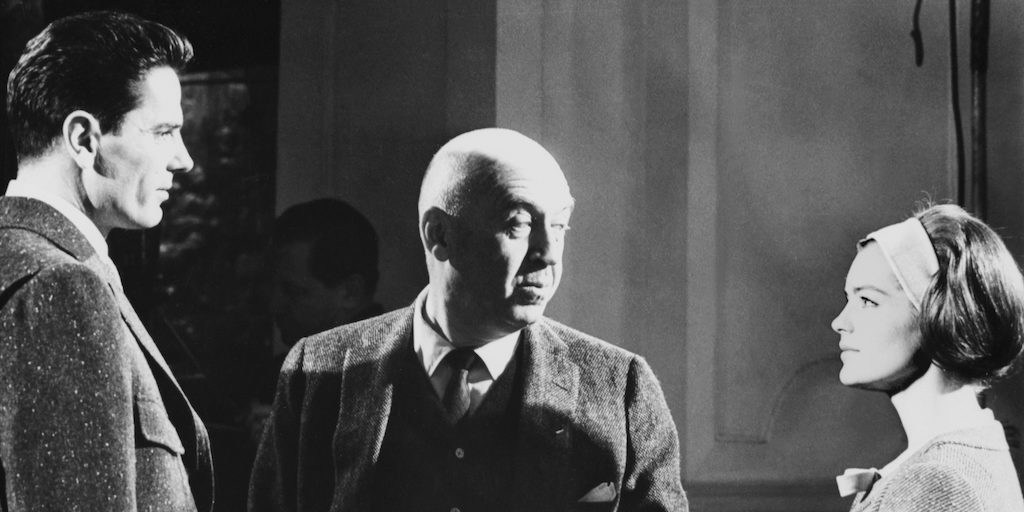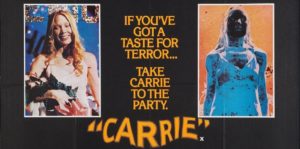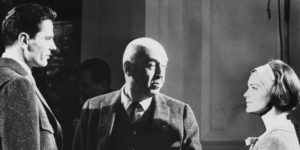The celebration of Christmas, or Rite of Advent, is along with Resurrection Easter, a key event for Christianity; especially for the Roman Catholic Church. Let’s say that their economics, as in their symbolics, move towards that double direction. Birth and resurrection, by this we mean a second birth, in the same way it is expected a second coming or “parousia”.
In the Concept of Cinema, during Hollywood classical period, Christmas, like many other religious festivities, were put on the scene according to the possibility conditions by the occupation of the cultural power designed by major studios. Basically centered in the alliance of Jewish and Catholic sectors confronting the WASP world and mentality. This is largely explicit in several of our books as well as our seminars.
Is in this way that Christmas, within directors that are Catholic by origin or tendency, was displaced from its first economic meaning ––which is exclusive to a group, sector or community–– in order to be located not just as a symbolic value, but also as an ethical, and even a political one.
By this we mean that cinema and its concept pretended to also interest a liberal audience, even within that liberal Protestantism so firmly established back then. Where not only Christmas, but the figure of Christ himself have been emptied of meaning and taken the form of an exclusively historical character, a cross between humanist philosopher and oriental guru. When not, directly diluted and neutralized a century ago by currents, predominant for over a century, in the WASP mentality.
Harvard, and the so called “transcendentalist” movement, is where will be affirmed the basis of a merely moral Christianism, especially private and “interior”, or as a moral guide now radically anti-ritualistic and especially anti-symbolic; that is, puritan. Without any imagery.
And by then, any return or maintenance of the “ancient” ways, that is all tendencies, even aesthetical, towards the Catholic past, were attacked just like that and in a way we might say it is official…
Not for anything ––and is valid as an example–– the enraged attack by “transcendentalists” like Emerson et al., against Poe, his body of work and his person, took place. Because, once again, the enemy always understands us first and better. Even more, it can be affirmed that all of Poe’s work, not just his narrative, but his criticism and essays, and especially that cosmic poem that is “Eureka” ––where with just daring to attempt in the genre, already makes a mark and a decision both political and, above all, metaphysical–– is clearly written poetically aiming towards the “transcendentalist” choir.
Of course that also there and with Poe’s work marks the foundation of the symbolic and operative basis of everything that the Concept of Cinema by classical Hollywood would affirm and make of universal nature through the melodrama or the thriller; and as well as in its horror-fantasy stage as it was in his crime genre stage.
We repeat this. The Catholic part of classical Hollywood subsumed or displaced Christmas economics, to empower and privilege the primacy of its symbolics. In great part, this is also a continuation of baroque politics by other means, as we have expressed in our “The Concept of Cinema”.
Like in the seventeenth century, in the middle of an intereuropean religious war, baroque-jesuitical politics headed to maintain a certain operative status above the speculative that was maintained by the theologists, now turned professionals; and did nothing but apply pressure on their kings and princes to maintain a permanent state of hostilities. For that they looked for pseudo-theological minutiae and garbage to affirm itself in their miserable court power.
It was the Company of Jesus the one in charge of jumping over these venomous factious discussions. For it, they devoted themselves to the task of keeping in the European world and spirit that which was worth the most to keep: the operative status of the traditional symbolism. A symbolism that, through Vico and also Leibnitz, had become “flesh”.
It was about showing and demonstrating how the “philosophia perennis” (a term coined by Leibnitz) had become historical as well with the coming of Christ.
In this way, and with a simple example as well, that the baroque canon of a Vivaldi was also, mutatis mutandis, Bach’s. Or that Velazquez’s canon was also Rembrandt’s.
If we take the two moments in which we have divided the journey of the concept of cinema in Hollywood, that is the classical and the self-conscious, we have two exemplary films about Christmas symbolics.
We refer to Frank Capra’s It’s a Wonderful Life (1946) and John McTiernan’s Die Hard (1988).
Capra’s film also belongs to another tendency in Hollywood’s cinema that rose in the immediate post-war. The settling of the score with its internal differential. Hollywood was a great support of the American government during World War II. It utilized all its industrial and symbolical power to propose every way of life and emotional-spiritual content opposed to the Nazi regime.
But after the war ended, something made them ask themselves if that which supported itself on the combat, not just military, but that of the ideas was understood by that “other” America. The answer was arduously controversial. Three examples: William Wyler’s The Best Years of Our Lives, Alfred Hitchcock’s Notorious and Frank Capra’s It’s a Wonderful Life. All three films laid out an immediate disappointment in the immediate results of World War II. Results that were seen even as hostile to the values proposed from the Concept of Cinema.
In Capra’s film is precisely the Christmas diegesis which coins the main die-cut of this fable. A fable that precisely wants to maintain in that fabulous tone that wisely avoids the allegory, choosing for a projected naiveté that serves a practicable purpose to its full and assumed symbolic intentions.
The plot is known to everybody and this is not the place to remember it. However we can underline what they seek and achieve to represent here. A Christmas as an organized community, as a form of cooperative movement, which was always the emotional-spiritual axis in Frank Capra’s body of work.
That noncommunist collective ––more likely its opposite–– is based in an assumption of Catholic Christianity that sustains the concept of sacrifice, the “sacrum facere”; to do what is sacred.
George Bailey is the perfect embodiment of the Catholic hero. The same way John McClane will be, but in a self-conscious and controversial way, in Die Hard.
And which is the last temptation of the Catholic hero, but to deny his own heroic essence through the mundane and tempting excipient of failure. Failure understood as a non-correlative to success in a liberal Chrematistic way. As he walks that path of perfection, the hero stumbles with the parallel path of adversity. It is not for nothing that money stands as the motive and historical-material pretext that will surround Bailey’s calvary; a still emerging capitalism, if we compare it to the globalized post-capitalism McClane must face in Die Hard.
Naturally, George Bailey’s heroic journey seems to resolve parallel to a direct divine intervention and through the apparition of a numen that must also complete his angelical task. This acquisition of that which is numinous, sacred, not “what moves the sun and the other stars”, that which is permanent, and therefore sends that to be made (manifested), to return adequately esoteric, through the coverage of its manifest esoterism of “naive” fable, the complexity of its central metaphysical theological concept.
Is that which Teilhard of Chardin would formulate as follows: “God does not make things, God sends things to be made” (*) This angelical creature is the numen of this creation.
And if Bailey, in his historic-material calvary, rejects that making in an unheard, naïve and sudden diabolism, the numen would not complete that double framing of creation. The vertical axis of the Cross would be left alone when its horizontal axis (the historic and biologic axis in the chain of human events) would renounce to sustain that necessary “crossing”.
Because the very same divinity has a “need” for human beings. The making without being would be the last and most extreme diabolical taunt.
Of course this renouncement to life ––if not existence––, will make him understand that, in a point, we are the responsible support of so many other lives. Not just family lives, but community ones as well.
Capra’s communitarism reaches in this film its resolution as a society. Christmas as a symbol acts like that new life reborn after a symbolic death. A birth and a “vita nuova” in a dantesque sense. Hasn’t Bailey gone through enough circles in the hell of the not-being?
In Die Hard Christmas has become a global ornament. Even the CEO of the Japanese Corporation makes an ironic comment of the Christmas Celebration. Which has been previously desacralized ad intra and now it seems to be “recycled” ad extra.
Globalization itself, flipside to the Catholic universalism, appears as a derisory and sinister duplicity in the gang of terrorists. Whom they had exchanged their old ––and alleged–– revolutionary ideals, mimetically folding with the supposed class enemy. Or is it that both groups always pursued the same goals? In any case, both only dispute for the material.
It is also evident that between Bailey and McClane has passed, not only historic time, but the definitive self-consciousness of the Concept of Cinema. From there we get that the cooperativism in Capra’s organized community has become in Die Hard a cruel expiatory sacrifice.
*: Physicist Alan Guth declared in 2003: “Clearly we don’t have a definitive theory on how the universe was originated, but what people speculates is that the universe started in some sort of quantum event. Now, to understand this event would require a quantum theory of gravity.
The general idea would be to have a complete quantum description of the space-time geometry. After that, we would want to have some notion of what implies to not have anything, and “nothing” should be one of the quantum states. A state that does not describe neither space, nor time, nor matter, nor energy. Nothing. But even still, it would be a state, a state possible to exist. That is the key. I am assuming, without any right to do so, but assuming, that the laws of physics, somehow, were there before the universe. If we do not assume that, we will never go anywhere.”
Thanks, Mario Bolo, to bring this quote to my knowledge.



